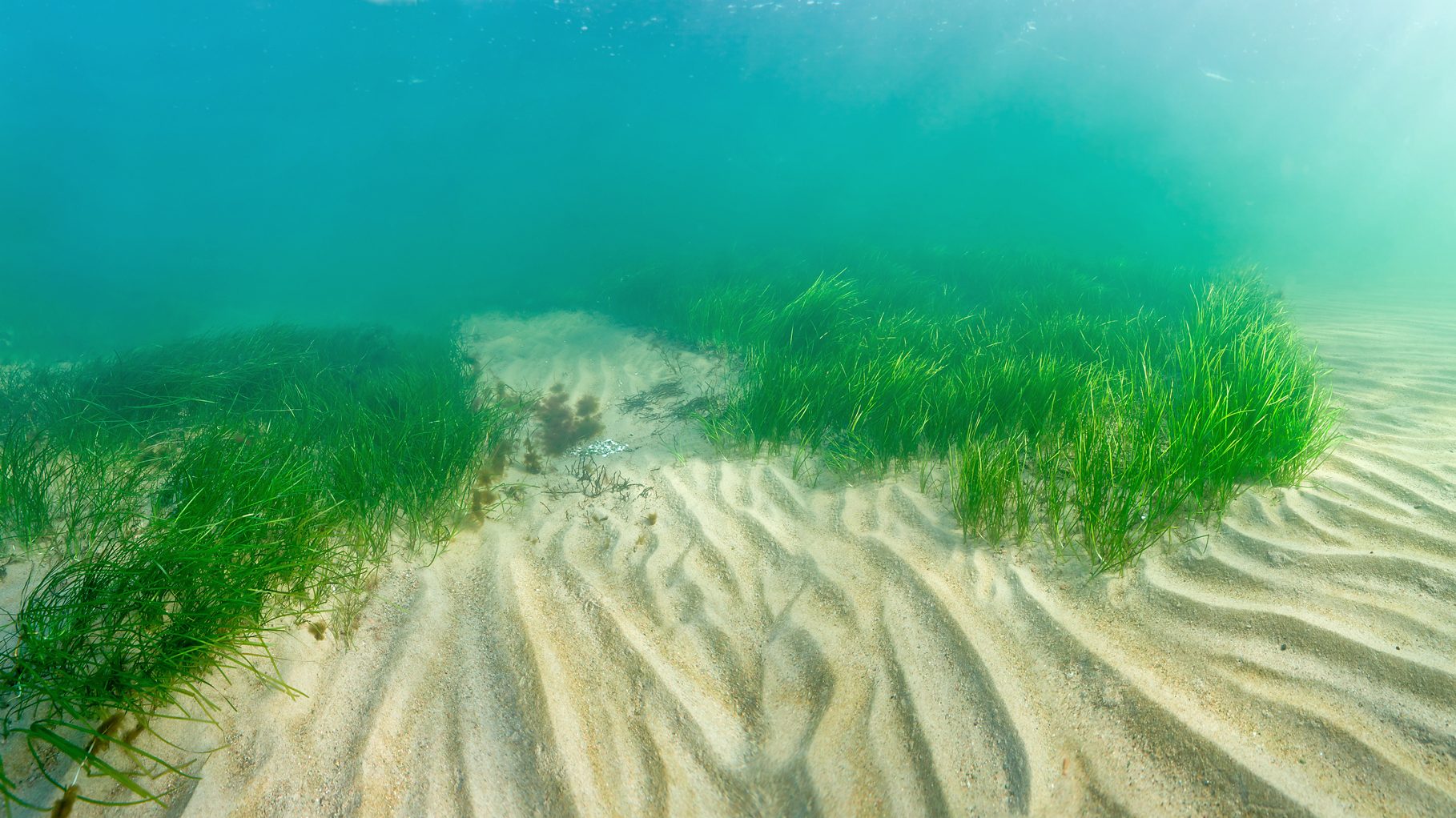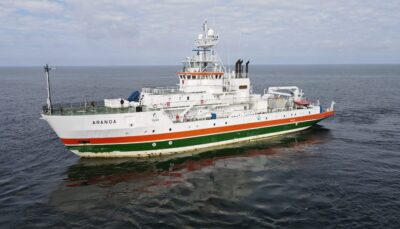The John Nurminen Foundation is working with Metsähallitus to restore seagrass meadows to new areas with the aim of combating biodiversity loss in the Baltic Sea

More information
Anu Riihimäki
Head of Conservation
Parks & Wildlife Finland, Metsähallitus
anu.riihimaki@metsa.fi
+358 40 842 1916
In the Baltic Sea, common eelgrass meadows provide food and shelter for dozens of underwater species. The new eelgrass replantings will restore biodiversity also outside conservation areas.
The John Nurminen Foundation is joining forces with a marine nature conservation team from Metsähallitus’s Parks & Wildlife Finland unit to restore seagrass meadows, formed by the species common eelgrass. The meadows will be restored by transplanting common eelgrass seedlings to places where the plant has once grown but has since disappeared.
The new Baltic Seagrass project aims to combat biodiversity loss in the Baltic Sea and increase the local biodiversity of seabed habitats. The project is part of the John Nurminen Foundation’s international cooperation with Central European marine conservation foundations. The cooperation seeks to implement concrete marine conservation projects and to increase people’s awareness of marine nature and biodiversity.
“Restoring marine nature is a new way of action for the John Nurminen Foundation to save the Baltic Sea. Seagrass meadows are important habitat for the marine life both in the world’s oceans as well as in our Baltic Sea. So, this is a great chance to engage in collaboration that will also help underwater nature outside Finland,” says the Foundation’s CEO, Annamari Arrakoski-Engardt.
Common eelgrass (Zostera Marina) is one of the Baltic Sea’s key species, as it forms dense and extensive seabed meadows that provide food and shelter for dozens of species in the Baltic Sea. The roots of these meadows bind bottom sediment, which reduces erosion and turbidity in the water. Water quality is improved too, as the meadows bind nutrients from the water.
Eelgrass meadows are also effective carbon sinks, even though their impact on carbon sequestration in the northern Baltic Sea is modest compared to more southerly areas that offer more favourable conditions for eelgrass growth.
Encouraging results from previous plantings
In the Baltic Sea, eelgrass meadows have declined as a result of eutrophication, construction and seabed dredging. In fact, common eelgrass is currently classified as endangered, both as a species and as a habitat.
In recent years, Metsähallitus’s marine nature conservation team has been transplanting common eelgrass to state conservation areas in the western Gulf of Finland. Monitoring results indicate that these plantings have survived, and common eelgrass has formed dense new vegetation at some sites.
“We’ve obtained some good results from previous eelgrass plantings, which means we can now undertake more extensive restoration experiments,” says Anu Riihimäki, Head of Conservation at Metsähallitus’s Parks & Wildlife Finland unit.
The new plantings will mainly be located outside state conservation areas. This will help to expand the habitat network and restore biodiversity in new areas. The John Nurminen Foundation will be responsible for carrying out the plantings with the support of Metsähallitus’s marine nature conservation team. Metsähallitus will be in charge of monitoring the newly planted meadows.
“By using the surveys carried out by Parks & Wildlife Finland in previous years, we can work with Metsähallitus to select sites where common eelgrass can thrive. We should be able to start planting this year,” says Miina Mäki, a senior specialist from the John Nurminen Foundation.
Marine nature restoration supports the objectives of the EU’s biodiversity strategy, the EU Nature Restoration Law and the 2022 United Nations Biodiversity Conference (COP 15), which seek to conserve and restore 30 per cent of marine nature by 2030.
“Biodiversity loss is getting worse also beneath the surface, and we can’t afford to wait any longer. So it’s great that we can take concrete action together to restore the marine nature,” says Mäki.


